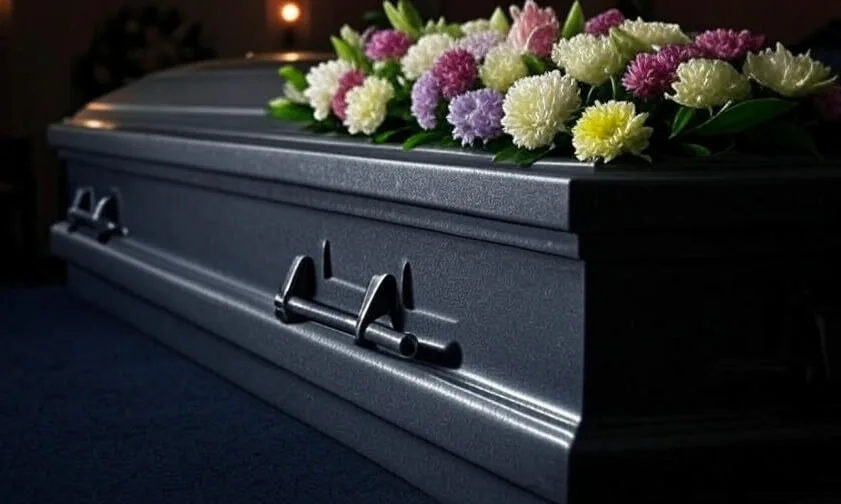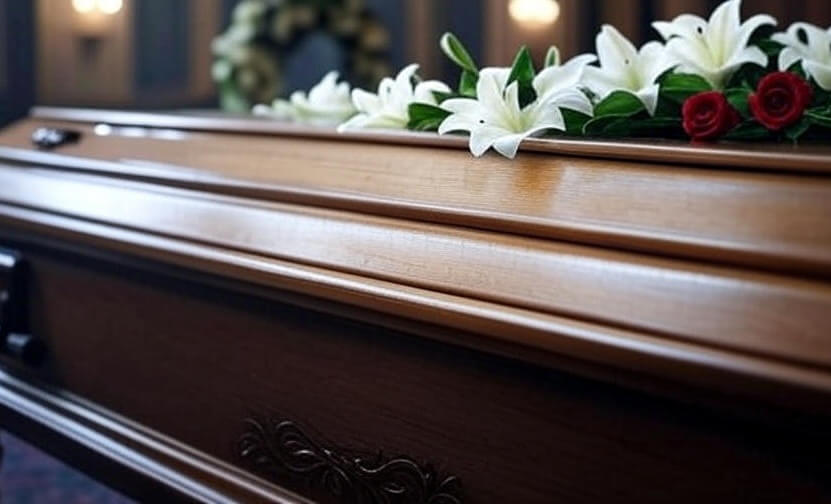How Long Do Embalmed Bodies Last in Caskets?
Death brings questions that families need answers to. One question that comes up often is about embalming. How long will a preserved body last? This topic matters to people who want to understand what happens after burial.
Understanding Embalming Basics
Embalming stops the body from breaking down fast. A trained person removes blood and puts in special chemicals. The main chemical is formaldehayde. This liquid kills germs and slows decay.
People have done this for thousands of years. The Egyptians were experts at body preservation. They made mummies that we can still see today. Some Egyptian mummies are over 4,000 years old and still look human.
How Long Bodies Stay Preserved
The honest answer is that embalmed bodies last different amounts of time. Most stay preserved for 50 to 150 years. But many things can change this number.
Robert Chen’s father died in 1975. When the family moved the grave in 2018, they found his body was still recognizable after 43 years. The funeral home director said the metal casket and dry soil helped keep the body intact.
What Makes Bodies Last Longer
Several factors control how long preservation works:
Type of Casket Steel and bronze caskets protect bodies better than wood ones. They keep water and air out. Research from the Int’l Cemetery & Funeral Assoc. shows that high-quality metal caskets can preserve bodies for over 200 years.
Where the Body Is Buried Cold places work better than hot ones. Dry ground beats wet soil. Professor Lisa Martinez from State University studied 500 graves. She found that bodies in cold, dry locations lasted three times longer than those in warm, wet areas.
Health When Person Died People who were healthy when they passed often preserve better. Those who had certain diseases or took specific medicines may not last as long.

Famous Examples Through History
Vladimir Lenin died in 1924. His body was embalmed using special techniques. Even now, almost 100 years later, people can still see his preserved body in Moscow.
On the other hand, President Lincoln’s son Willie died in 1862. The family had him embalmed, but when they moved his coffin years later, the body had broken down because of poor embalming methods back then.
The Human Side of Preservation
For many families, knowing their loved one is preserved brings peace. Jennifer Williams lost her mother five years ago. “When I visit her grave, I feel like she’s still there with me. Knowing her body is protected helps me cope with my grief,” she explains.
But some people have concerns. They wonder if embalming is the right choice. They ask about costs and environmental effects. These worries are normal and deserve honest answers.
Old Methods vs. New Techniques
Today’s embalming works better than methods from the past. Modern funeral directors learn advanced techniques. The Amer. Board of Funeral Service requires 120 hours of training for embalming certification.
Ancient cultures used salt, oils, and plant materials. Their process took months but created amazing results. Modern methods take only a few hours but may not last quite as long.
Environmental Questions
Some people worry about chemicals going into the earth. The government watches these substances. Most funeral homes follow strict rules about handling and disposal.
Natural burial options are becoming popular. These methods avoid chemicals. Instead, they use cooling systems for short-term preservation.
What Happens Over Many Years
Even the best embalming cannot stop all changes. Soft parts of the body break down first. Bones and teeth survive much longer. Hair can last for decades.
Cemetery workers sometimes discover clothing, jewelry, and personal items that outlast the body. These objects can survive 100 years or more in good condition.
Making Your Family’s Decision
Every family must choose what feels right for them. Some cultures prefer quick burial without any preservation. Others want the extra time that embalming provides for ceremonies and goodbyes.
Funeral director Patricia Davis has worked in the business for 30 years. “Embalming gives families breathing room during a hard time. It lets them plan services and allows relatives to travel for the funeral,” she says.

The Real Facts
Embalmed bodies can last 50-150 years under good conditions. Some last much longer. Others don’t last as long. The casket quality, burial location, and embalming skill all play important roles.
This process helps families deal with loss. It gives them time to arrange services and say their final goodbyes. While bodies don’t last forever, embalming serves an important purpose during the grieving process.
Each situation is unique. Families should talk with their funeral director about all options. These profesionals can explain what works best for specific needs, beliefs, and budgets.
Looking Forward
Understanding body preservation helps families make smart choices during difficult times. Whether someone picks embalming or natural burial, the goal is the same: honoring the person who died in a meaningful way.
Death is never easy to handle. But having good information about preservation options can help families feel more confident about their decisions. What matters most is finding peace and creating a fitting tribute to someone’s life.
The choice belongs to each family. Some want long-term preservation. Others prefer natural processes. Both choices are valid and deserve respect during times of loss and mourning.

